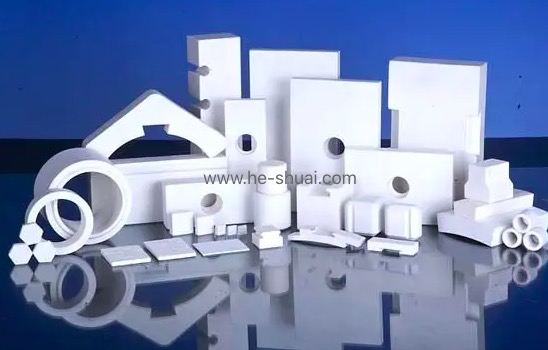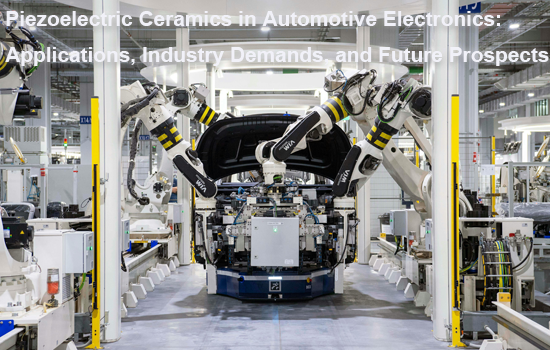Last Updated on 23 марта, 2023 by You Ling
What is the difference between Alumina Ceramics and Zirconia Ceramics, let us tell you
1、What is alumina ceramics?
 An alumina-based ceramic material for thick-film integrated circuits. Alumina ceramics have good conductivity, mechanical strength and high temperature resistance
Alumina ceramics are divided into high-purity type and ordinary type. The high-purity type alumina content is more than 99.9%, and the sintering temperature is as high as 1650-1990 degrees. It is generally made into molten glass, nano-tube or integrated circuit substrate.
Ordinary type is divided into 99 porcelain, 95 porcelain, 90 porcelain, 85 porcelain and so on according to the alumina content. 99 alumina is used to make high temperature crucibles, refractory furnace tubes and wear-resistant materials, such as ceramic bearings, ceramic seals, etc. 95 alumina is mainly used for corrosion-resistant and wear-resistant parts. 85 porcelain is mixed with part of talc to improve electrical properties and mechanical strength, and make electrical vacuum device device
An alumina-based ceramic material for thick-film integrated circuits. Alumina ceramics have good conductivity, mechanical strength and high temperature resistance
Alumina ceramics are divided into high-purity type and ordinary type. The high-purity type alumina content is more than 99.9%, and the sintering temperature is as high as 1650-1990 degrees. It is generally made into molten glass, nano-tube or integrated circuit substrate.
Ordinary type is divided into 99 porcelain, 95 porcelain, 90 porcelain, 85 porcelain and so on according to the alumina content. 99 alumina is used to make high temperature crucibles, refractory furnace tubes and wear-resistant materials, such as ceramic bearings, ceramic seals, etc. 95 alumina is mainly used for corrosion-resistant and wear-resistant parts. 85 porcelain is mixed with part of talc to improve electrical properties and mechanical strength, and make electrical vacuum device device
2、What is zirconia ceramics
 Zirconia, also known as zirconium dioxide (ZrO2), is an inorganic non-metallic material with high temperature resistance, corrosion resistance, wear resistance and excellent electrical conductivity. In addition to its traditional application in refractory materials and ceramic pigments, ZrO2 is also used in In high-tech fields such as electronic ceramics, functional ceramics and structural ceramics. Zirconia ceramic is white, yellow or gray when it contains impurities, generally contains HfO2, and is not easy to separate. There are three crystalline states of pure ZrO2 under normal pressure.
Zirconia has good chemical properties. It is a weakly acidic oxide with sufficient stability to alkaline solutions and many acidic solutions (except hot concentrated H2SO4, HF and H3PO4). Crucibles made of ZrO2 can smelt a variety of metals such as potassium, sodium, aluminum and iron. It is also stable to sulfides, phosphides, etc. Many silicide melts and slag are also ineffective for sintering ZrO2.
Zirconia, also known as zirconium dioxide (ZrO2), is an inorganic non-metallic material with high temperature resistance, corrosion resistance, wear resistance and excellent electrical conductivity. In addition to its traditional application in refractory materials and ceramic pigments, ZrO2 is also used in In high-tech fields such as electronic ceramics, functional ceramics and structural ceramics. Zirconia ceramic is white, yellow or gray when it contains impurities, generally contains HfO2, and is not easy to separate. There are three crystalline states of pure ZrO2 under normal pressure.
Zirconia has good chemical properties. It is a weakly acidic oxide with sufficient stability to alkaline solutions and many acidic solutions (except hot concentrated H2SO4, HF and H3PO4). Crucibles made of ZrO2 can smelt a variety of metals such as potassium, sodium, aluminum and iron. It is also stable to sulfides, phosphides, etc. Many silicide melts and slag are also ineffective for sintering ZrO2.
3、alumina ceramics vs zirconia ceramics
Now the experts of he-shuai company will answer you, In terms of performance:- The density of zirconia ceramics is twice that of alumina ceramics, and zirconia has better compressive properties in comparison The bulk density of zirconia is 6.05g/cm3, while that of alumina is only 3.7g/cm3.
- Zirconia structural parts with higher surface finish
- The toughness of zirconia ceramics is 4 times that of alumina ceramics
- Zirconia has excellent thermal insulation, and its thermal conductivity is less than one-tenth of the thermal conductivity of other ceramics.
- The last is the price, the price of alumina is lower than that of zirconia. The he-shuai company can offer you a discounted price.
4、Application of alumina ceramics

- In terms of machinery, alumina ceramic knives have the characteristics of high hardness, strong mechanical properties at high temperature, good wear resistance, good chemical stability, and not easy to bond with metals.
- In industry, alumina ceramics are used to make plug valves, gate valves, globe valves, ball valves, etc.
- In electronics and electricity, there are various Al2O3 ceramic bottom plates, substrates, ceramic membranes, transparent ceramics and various Al2O3 ceramic electrical insulating ceramic parts
- In chemical applications, Al2O3 ceramics also have a wide range of uses, such as Al2O3 ceramic chemical filler balls, inorganic microfiltration membranes, corrosion-resistant coatings, etc.
- In medicine, Al2O3 is more used to make artificial bones, artificial joints, artificial teeth, etc.
5、Application of zirconia ceramics

- The application field of alumina is basically zirconia, and the performance of zirconia is better, but it is more expensive。For example, from the current share of ceramic teeth, zirconia has gradually defeated alumina.
- Zirconium oxide can be used for ultra-fine grinding and dispersion in non-metallic mining papermaking heavy calcium, paint coatings, inks, electronic materials, lithium iron batteries, magnetic materials, textile dyes, medicine and other industries.




